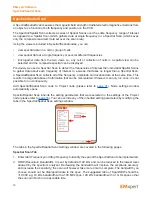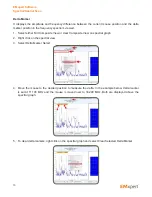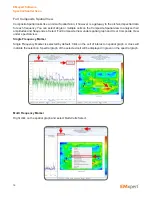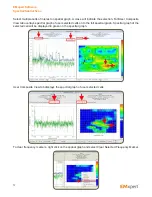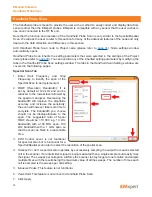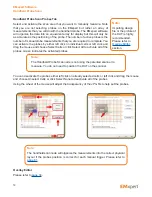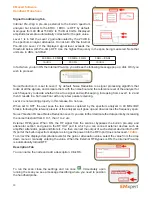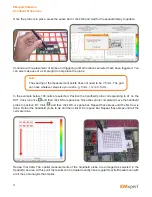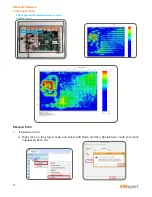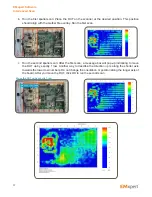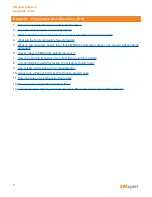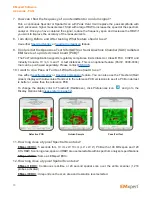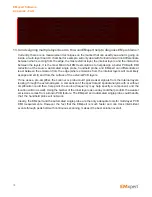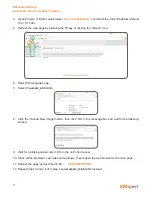
64
Interleaved Scan
The Interleaved Scan node is meant to overcome the limitations of the
probe polarizations and remove blind sports. Each of the 1218 probes
on the EMxpert scanner is created by using the vias and traces in a PCB
to form a loop. This small loop does not respond well to magnetic fields
parallel to it, essentially creating a blind spot.
The response of a single probe to magnetic fields in a given orientation
is shown in the right image.
It was chosen to orient this blind spot at 45° and further to rotate every other row by 90° so that consecutive
rows do not have the same blind spots. Because of this arrangement the blind spot can be eliminated by
measuring a DUT twice with the scanner moving up one row automatically for the second scan. And my
correction is only for the ERX+. You have to keep this approach for the EHX+. Thus you will need two
sections.
This setup is to provide a cumulative sensitivity as shown in the figure below.
This is a small 5x5 array taken from the larger 29x42 scanner.
The effect of this different sensitivity on scan results sometimes shows up
when a device is rotated. If the device has only H-field components, the
scan results will be as shown in the top right of the graph on the right. If
this device is rotated 90° then results are as expected and as shown in
the bottom right.
However if the device has H-field components then every other row will
have very low reception sensitivity. The scan results are shown below in
the top right. Now if this device is rotated 90° then dead spots will switch
to the alternate row. Although the high level results are as expected, the
presence of these low values distracts the eye. Furthermore, since the
dead spots do not rotate, they may give the impression that the scan
results are completely different.
EMxpert Software
Interleaved Scan

